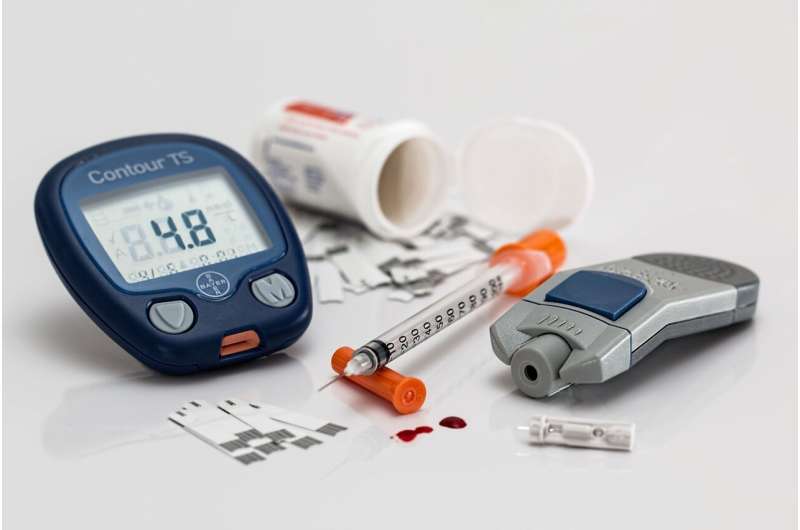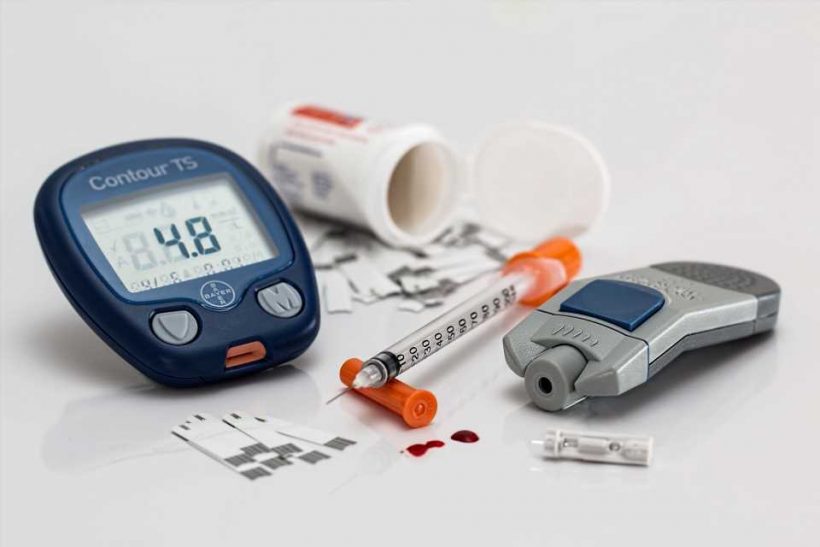
Scientists at Klick Labs have developed a new way to catch the earliest signs the human body is failing to control blood glucose levels before they reach prediabetic levels in patients.
In findings published today in Mayo Clinic Proceedings: Digital Health, researchers have outlined a new method of analysis that flags a precursor to prediabetes called impaired glucose homeostasis (IGH). When they applied their patented mathematical method to data obtained from continuous glucose monitors (CGMs), scientists found about one in five study participants, considered healthy by medical standards, actually had glucose metabolism similar to those with prediabetes.
“For people with diabetes, blood glucose levels can rise and fall like a wild roller-coaster ride with steep drops and peaks,” said Jaycee Kaufman, study lead author and research scientist at Klick Labs. “We found a similar pattern in patients with IGH, albeit those patterns were more like gentle waves than dramatic peaks, but intervention on this population could limit the likelihood of progression to full diabetes.”
A total of 384 people were equipped with a CGM for the study and assessed by a physician over a two-week time period. Participants were diagnosed diabetic, pre-diabetic, or healthy, according to guidelines outlined by the American Diabetes Association. After applying the mathematical model, patients were then re-classified into two groups based on their glucose homeostasis parameters: effective or impaired.
“What was most surprising is that 20% of participants who were assessed using the standard screening tools for diabetes, and cleared as healthy by a physician, were then found to have impaired glucose homeostasis—reinforcing it is now possible to provide an earlier, more accurate and sensitive assessment of people’s diabetic status,” said Yan Fossat, Vice President of Klick Labs.
About 34 million people have diabetes in the U.S., and one in three Americans have prediabetes or diabetes. North of the border, there are 11.7 million Canadians living with diabetes or prediabetes. Of those with prediabetes in the U.S., more than 80% don’t know they have it.
With research suggesting it is possible to reverse diabetes, or at least slow its progression, there is growing demand for screening tools that can flag at-risk individuals. Screening and monitoring involve reviewing risk factors such as age, BMI, and family history; and diagnosis relies primarily on the blood tests like glycated hemoglobin (HbA1c) and Oral Glucose Tolerance Test (OGTT).
“This new method of analysis is a major step forward in the prevention and management of diabetes,” Fossat said. “Early detection and intervention is critical in the management of Type 2 diabetes, so our method has the potential to have a significant impact on the lives of millions of people worldwide.”
These findings are the latest in Klick’s ongoing work in the diabetes space. Their “Homeostasis as a proportional-integral control system” study, published in npj Digital Medicine in 2020, was also based on mathematical modeling to determine some of the underlying changes in how glucose is regulated. This work was performed in ongoing collaboration with Lennaert van Veen, Professor of Mathematics in the Faculty of Science, Ontario Tech University.
More information:
Jaycee M. Kaufman et al, Screening for Impaired Glucose Homeostasis: A Novel Metric of Glycemic Control, Mayo Clinic Proceedings: Digital Health (2023). DOI: 10.1016/j.mcpdig.2023.02.008 , www.sciencedirect.com/science/ … ii/S2949761223000147
Journal information:
npj Digital Medicine
Source: Read Full Article






